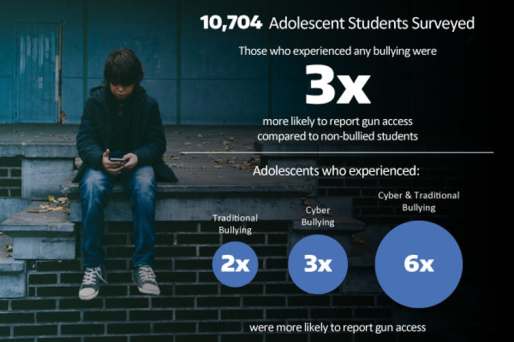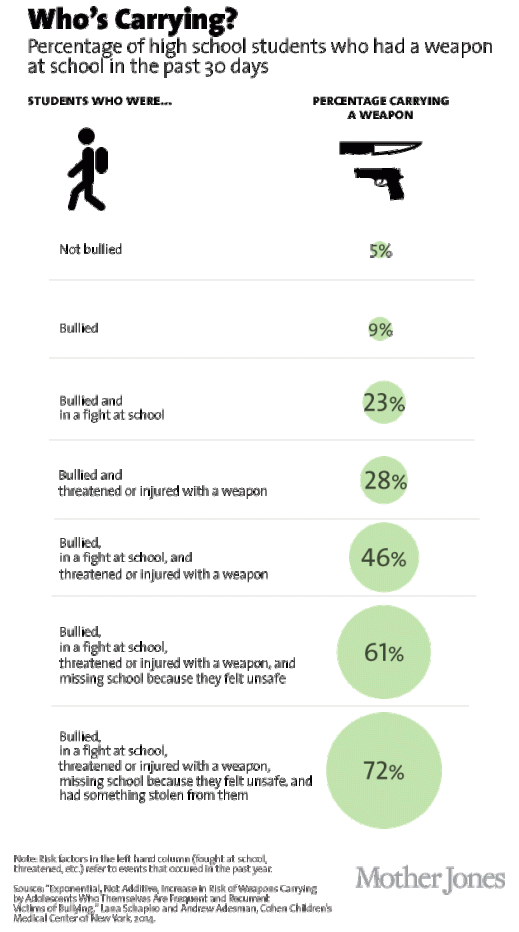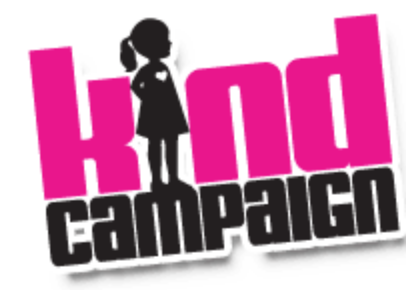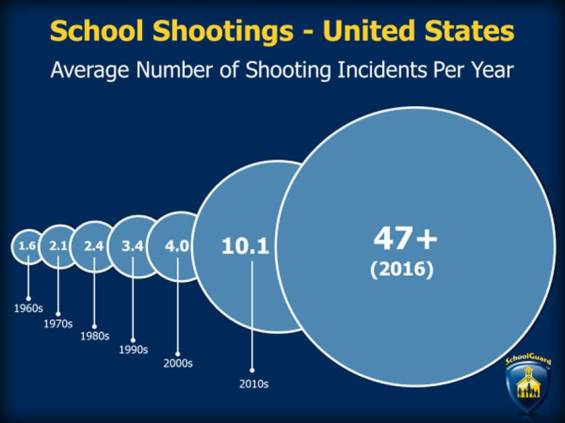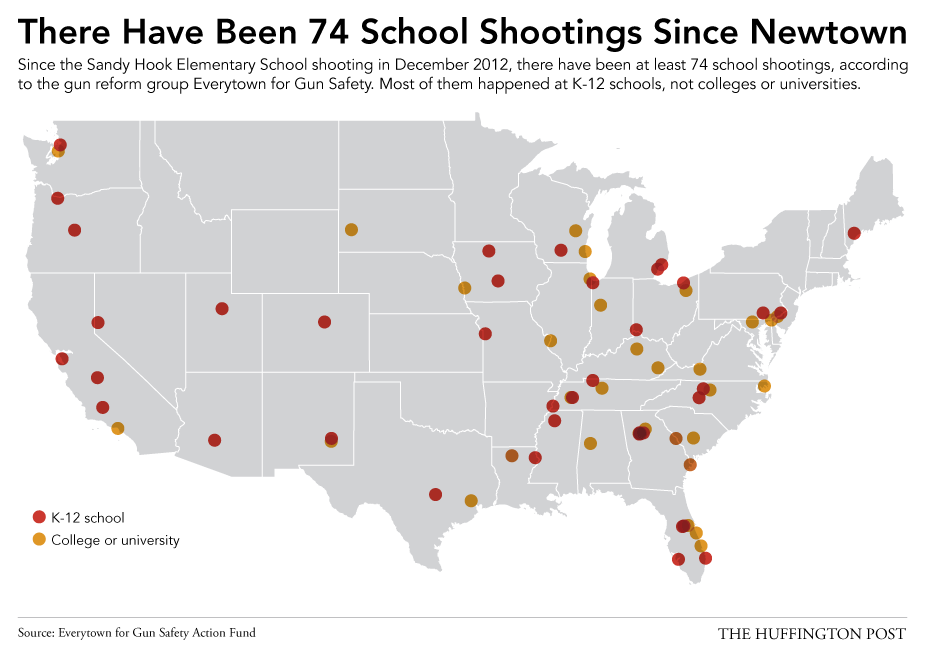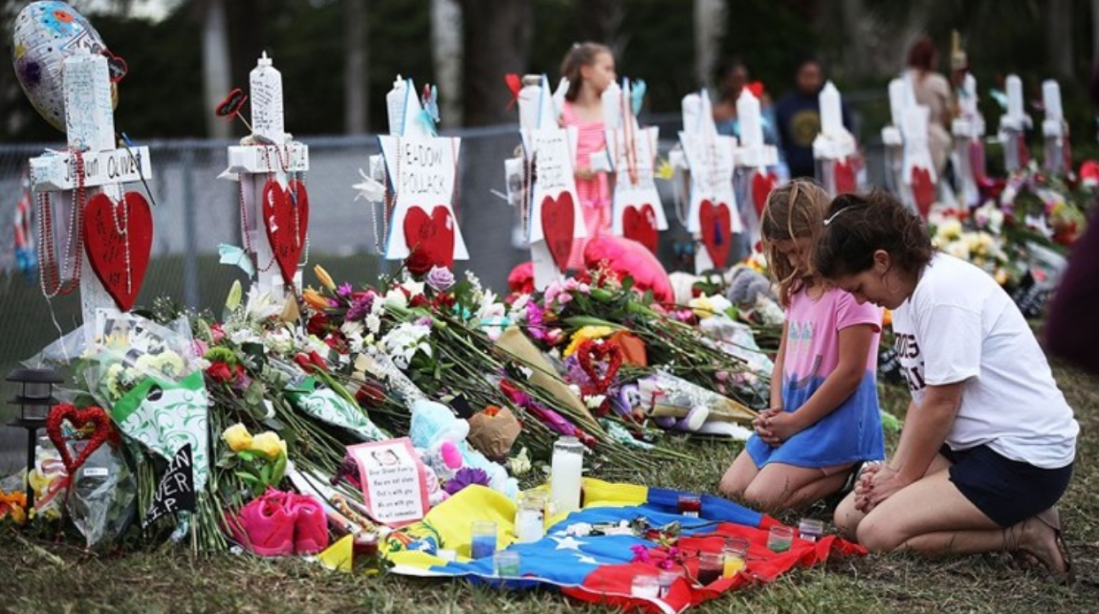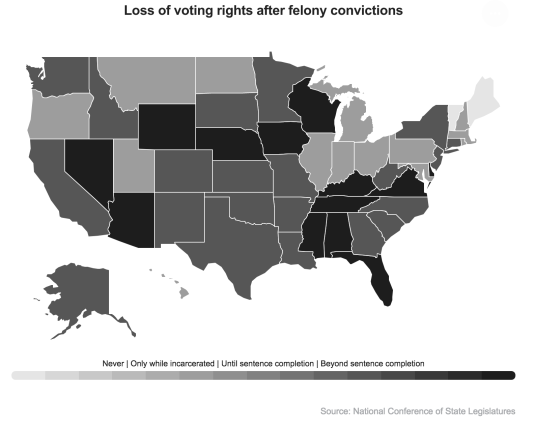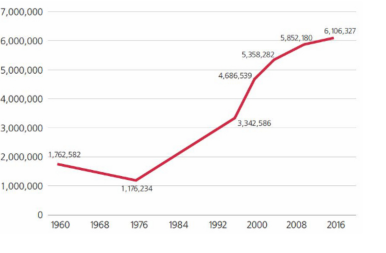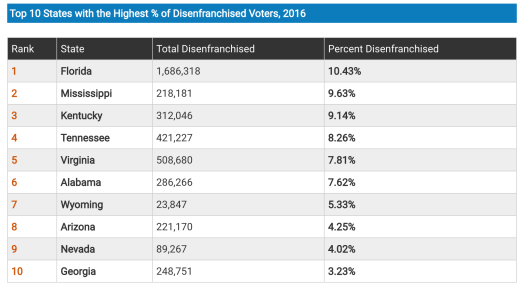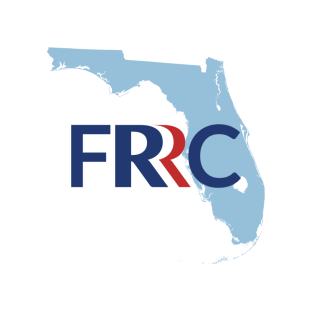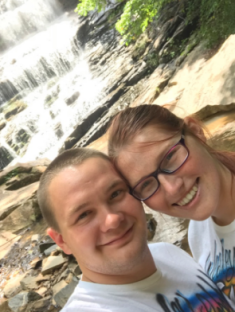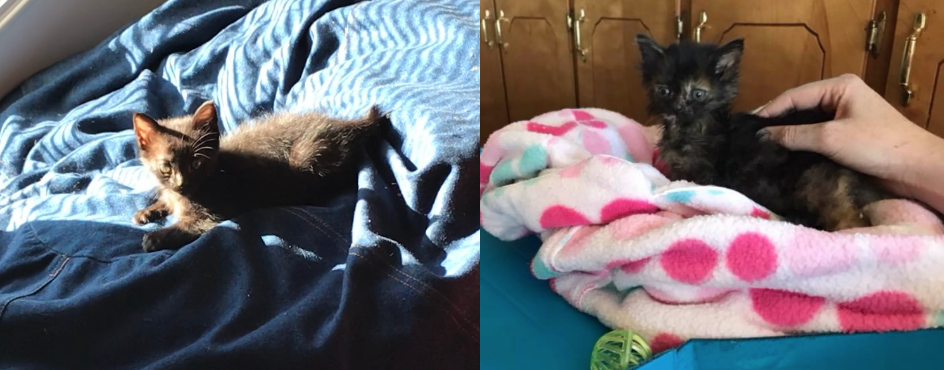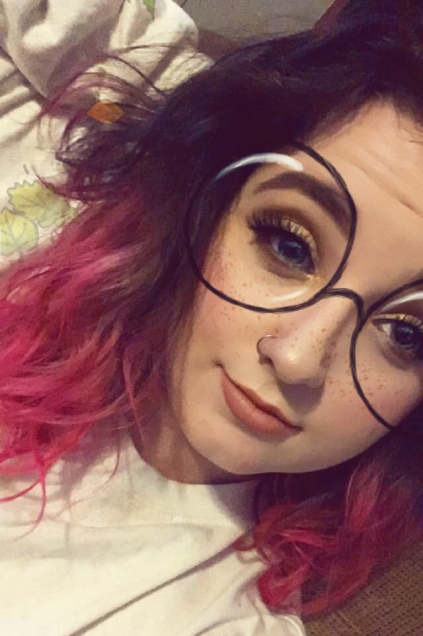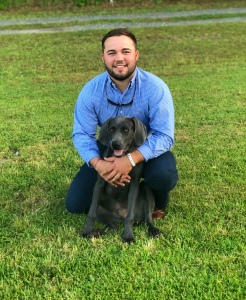Reflecting on a Constructionist Approach to Social Problems
Madison:
The constructionist stance for thinking about the social problems process is not the traditional approach to studying social problems. The constructionist approach is intellectually coherent. This approach is intended to give one some tools for recognizing, thinking about, and responding to social problems claims. By adopting a constructionist stance, we can identify interesting questions that we might ask about a set of claims. What constructionist approach cannot do is tell you which conditions ought to concern you. For example, claims spread so easily through social media.
What I liked best about this class is the Color Run project. It was fun and interesting to put together. The outcome also turned out well. I loved learning about the refugee crisis and how I could help. I also enjoyed the Felons Right to Vote project and learning about the laws on it.
I think the most difficult thing to learn this semester was the McDonald’s and Sokolof blog. The tapes were boring and confusing at times. The talk of aldehydes and other health issues became too much.
The process we used in this class helped me develop critical thinking skills by helping me analyze certain topics and study them more in-depth.
This class helped me think about what problems are and how they are addressed in society. For example, in Blog 7 we talked about policy outcomes for three different social problem topics. We then had to find what policies had been put into effect for these problems. It was interesting seeing how this is done and what is being done about certain problems.
If I had to retake this class, I would do the blogs earlier. Most of the time we were uploading late the night before. I would’ve liked to finish early and let Dr. Simmons look over the blog first.
If my friend was going to take this class next semester and asked me how to be successful, I would have a few words of advice. I would tell them to read the chapters, ask any questions they may have, and to stay on top of the work and not procrastinate.
Rebekah:
The Constructionist Approach is a nontraditional method of studying social problems. This method makes you analyze a social problem more in-depth instead of just seeing the cover it presents. This book focuses on the general on the general topic of the social problem process and that the only thing that various conditions called social problems have in common is that they are socially constructed. This approach was used because it is intellectually coherent. Using the Constructionist Approach the book has focused on the general topic of the social problems process. It gives us, the reader, tools for recognizing, thinking about, and responding to the social problems claim. An example would be the current wave of immigrant threatens the foundation of American society. The individual, without these tools would just believe what they are told; but if they had used a constructionist approach then they could better understand what the social problem is claiming and make a more informed based decision on it. I enjoyed learning about a variety of social problems that I haven’t focused on before like the Syrian refugees or the fact that felons in some states have their right to vote stripped away. The most difficult thing was having to work on topics that I didn’t really care about or affect me personally An example would be the bees, I just don’t like bees because i’m allergic. I know they are good for nature but bees and I don’t get along well. It helps develop critical thinking skills because it causes you to look more carefully at a topic, get more than one opinion on a problem, and make a well-informed opinion. Instead of judging a problem by its cover we are forced to read the whole book, like in blog 6. I understand that there is much more to a social problem that what it presents. There are many different ways a problem can be dissected and analyzed, like with blog 5. If I had to do something differently it would be the project we chose, the color run. I would suggest a dog walk/run because lots of people showed up with their dogs to participate. I would suggest to have an open mind and don’t create an opinion about a topic before learning about it and understanding it.
Samantha:
The Constructionist Approach is a non traditional approach to studying social problems. It is used in this book by focusing on the general topic of the social problems process and on the topics that are discussed about. This approach is used instead of others because this approach has been intended to give students some tools to recognize, think about and respond to any of the current social problems that have risen. An example would be the fact that claims can spread like wildfire now that social media is becoming important to day-to-day life.
My favorite thing about learning in this class was the felon voting rights because it was fun and informative because we got to be active in that particular act. It made me feel like I was doing a good thing in my community and in my country. I felt like I was making a difference.
The most difficult thing about learning in this class was the McDonald’s section. I couldn’t stand the chewing part that he did because it made me cringe really hard. I also didn’t like how confusing it was as well as how difficult it was to understand because I felt like he did not explain it very well nor was it interesting.
The process that we were using in the class helped me to develop critical thinking skills because, at first, I did not know anything about it at all. When we did our first real blog, it made me actually think about the issues at hand instead of just looking at an article and then scrolling by it.
This class has helped me think about what actual problems are instead of problems that only affect me. Real life problems affect everyone and not just in the United States. They affect everyone in the world.
If I had to retake this class, I would probably take it a bit more serious instead of slacking a bit.
If my friend was going to take this class next semester, I would tell them to not procrastinate on assignments and take it much more seriously than I did.
Chadwick:
Constructionist Approach: This approach is intended to give you some tools for recognizing, thinking about, and responding to social claims. It is not the traditional approach for thinking about the social problems process. The justification for this book’s constructionist approach is that is it intellectually coherent. Rather than letting our attention drift as we examine, one at a time, crime and other specific phenomena that people consider social problems, this book has focused on the general topic of the social problems process on the insight that the only thing the various conditions called social problems have in common is that they are constructed and it has explored the ins and outs of that process. This process is used to identify interesting questions that we might ask about a set of claims. UNderstanding that claims need to be made persuasive that claimsmakers are competing to be heard in the social problems marketplace so that they can bring their claims to the attention of the press, public, and policymakers.
Personally, the thing that i enjoyed best when it came to this class would be the refugee crisis. I felt like it was the best topic that we had throughout the blogs, because it has the most current effect on today’s society. I think that this topic was most successful due to the amount of attention that we could possibly bring. Mainly because the topic doesn’t concern most people immediately, it means that the topic should be brought to the attention of these people so that they could share their opinion and possibly help the people in need.
I would have to say that the McDonald’s blog was hands down the most boring blog that we had to do. I really couldn’t follow along with the video without starting to drift off or just day-dream. I didn’t really feel like doing the blog helped me understand what was happening within the video either. It just wasn’t something I was interested in. Specifically, I struggled with how the McDonald’s topic was a disciplinary science.
I felt like the color run helped develop critical thinking skills because we had to prepare this run for the refugees from scratch. It was a turning point in the class for myself because i feel like i was able to learn a lot from this experience and I was able to use my resources around me to use my critical thinking skills.
This class has definitely helped me understand problems that are occurring and how they are addressed in society. For example, the straw law in blog post 2. Being from across the United States, I would have never thought that this would be an actual problem. Thanks to this class, I feel like I am obligated to keep up with more global issues and I greatly appreciate that.
If I were able to re-take this course again, I would have been more on top of the quizzes that were online. I feel like I struggled with remembering to take these quizzes. I would do this part over specifically because it would have made my grade much better. Other than that, I enjoyed the class and I was able to learn a lot.
If a friend of mine were going to take this class next semester, I would recommend them to stay on top of everything. If one was to get behind in this class, it would be hard to recover from it. I would also recommend getting in a group that you know will be productive. I wouldn’t get in a group of friends, unless they understand that it has to be all serious work and on time.
Brianna:
Personally, I loved helping put the color run together! I had so much fun working with the class to raise money for such a great cause. I also really enjoyed learning more about plastic pollution in one of very first blogs we completed, blog 2 . It is something I am interested in and very new ways to avoid single plastic use and ways we can help our Earth.
I will have to agree with everyone else, the McDonald’s Blog was the most difficult. I am a visual learner, so only hearing the podcast made it difficult for me to follow along with the topic at hand. So other visual learners like me may struggle with this as well in future classes.
What I love about being an English Major is that I read passages and try to break them down to understand the bigger picture. With the process we used in class, that’s what it felt like to me. Looking at a problem and figuring out what can be done to fix it or make it better bit by bit. For example, the felons right to vote topic we choose. We really had to sit down and look at this at all angles in many different ways in order to form a judgement on if we felt if felons should continue to have their right to vote in the United States after being released.
For me, blog 8, is a great example of how this class has helped me think about problems and how they are addressed in society. I had little to no idea what was happening with the refugee crisis, and our Facebook poll was a real eye opener for me how people felt on refugees coming to America for safety. But I also understand people have different opinions, and that’s ok! This class has just helped me realise and accept that more.
If I had to retake this class I would definitely complete the blogs earlier than the due date. That way Dr. Simmons would have the chance to look over the completed blog and give us some feedback in order to make it better and what she expects.
If I had a friend who was going to take this class the advice I would give them goes back to my answer to the previous question. I highly recommend to finish your blogs early as possible and go to Dr. Simmons and have her take a look at the for feedback, that way you be successful!
Mitchell:
Unlike Other books where they go through chapter after chapter talking about different types of social problems. This book focuses on the general topic of the social problems process and how to read them. It relates different types of social problems and helps you get a full better understanding of what they are. This is called the constructionist approach. For example back in chapter 3 the book talks about framing which is how activists constructs their claims. The chapter then goes on talking about all the different types of frames like bridging, amplification, extension and transformation. Each one a different type of topic and a different approach to a claim. Other books would have gone over these different types of approaches in separate chapters, but in this book it groups them together by talking about framing.
What surprised me most and what I like best while learning about social problems was that we can make a difference so easily. I always thought that you had to be a part of a huge program in order to make a difference but even a class event in a small school like Newberry College was able to raise money and make a difference. For example our color run for global refugees crisis got a good number of participants and donations.
But it was also hard to learn about all these problems that I have been across the world and home so little people are aware of what’s going on. Especially with the Syrian refugees wandering from country to country trying to find a place to call home.
Our group all worked together and reached out and found programs that were already helping refugees. Then we were put together a way to way for us to make a difference. I like to believe that we were very successful while using this critical thinking skills.
I did notice during this class that there are many problems in the world but only the ones that are promoted properly are the ones that get the attention. For example before this class and before my group did a blog on felons voting rights. I did not know that after someone has served time in prison they were unable to vote. If it weren’t for our blog I probably still wouldn’t know about it either.
So overall I believe that I benefitted by taking this class, I do wish that I payed a little bit more attention to the blog rubric. I had a lot of points taken off for minor mistakes that I could have fixed.
But to anyone’s who is thinking about taking this class, my only advice is that you get all of your civic engagement hours done and over with as soon as you possibly can. So that you’re not looking for hours at the end of the semester.
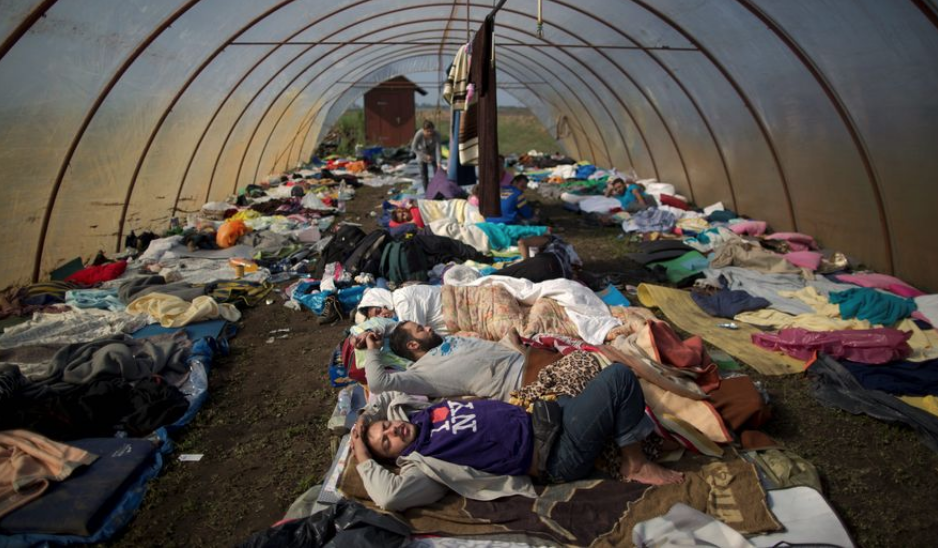
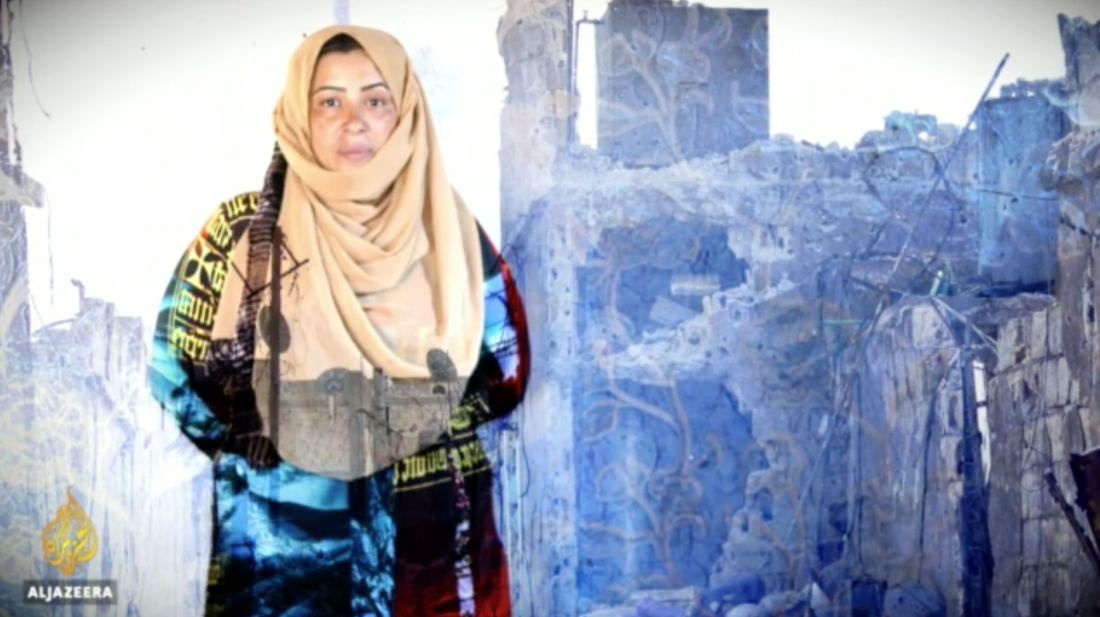













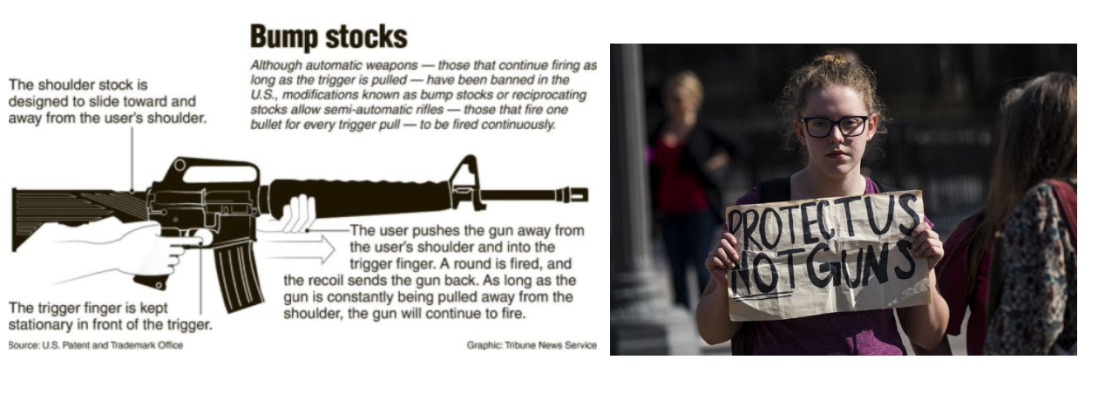
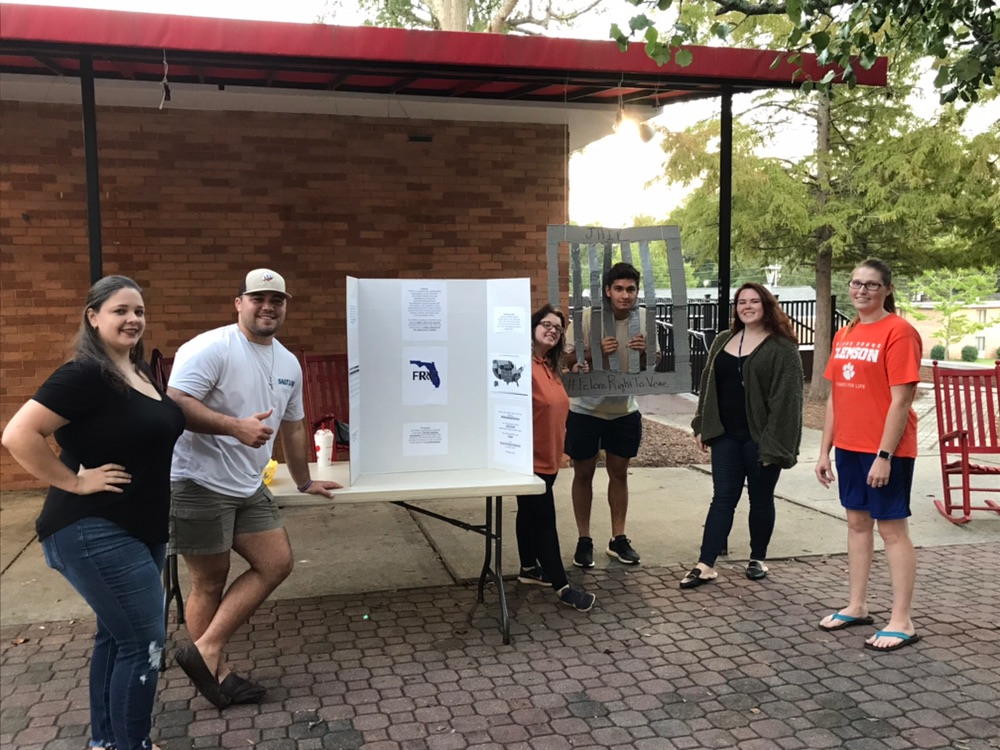
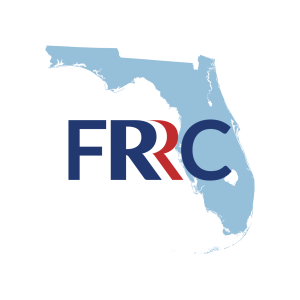
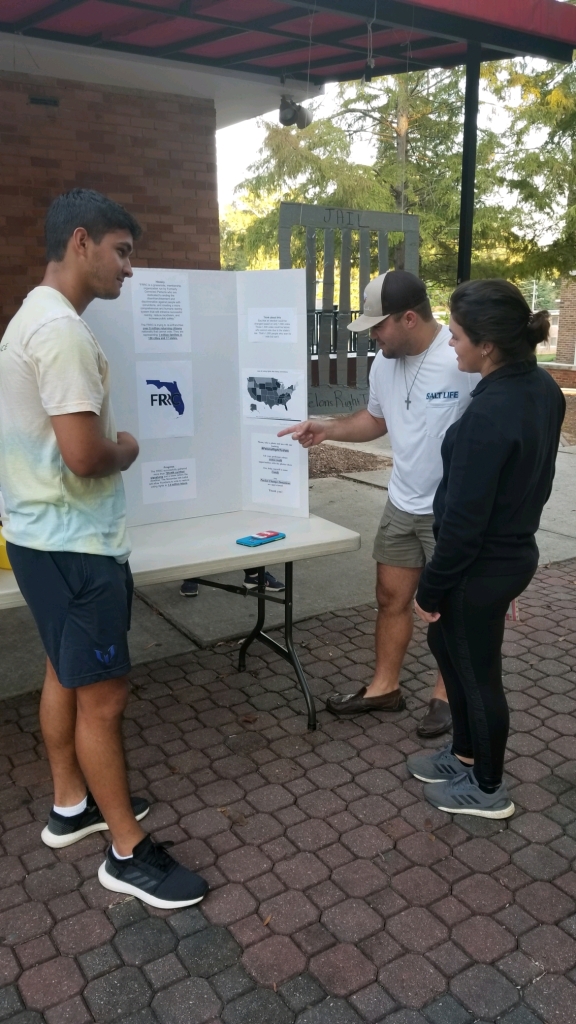
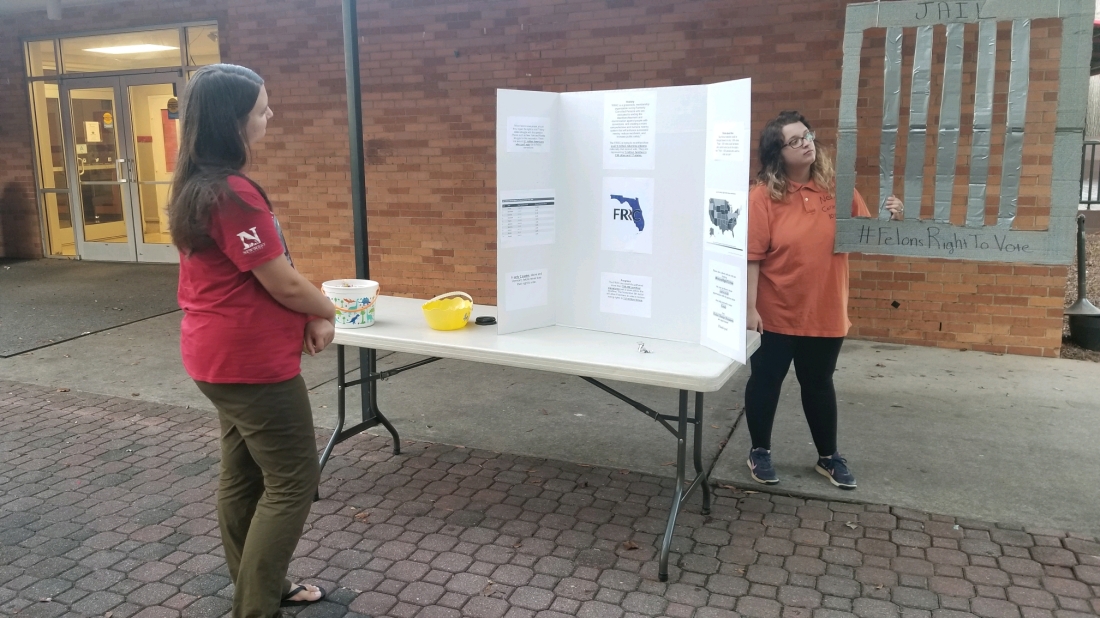
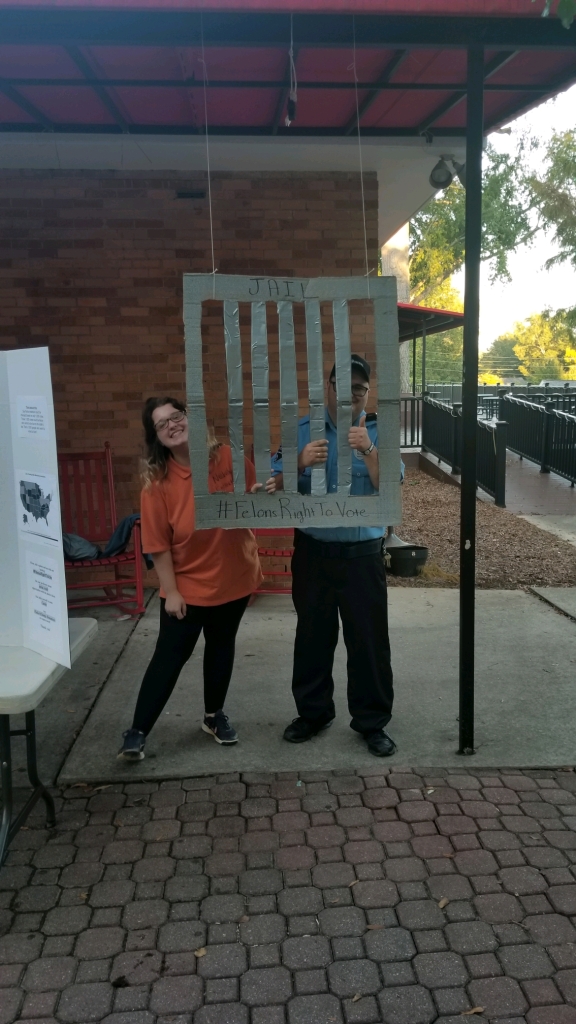

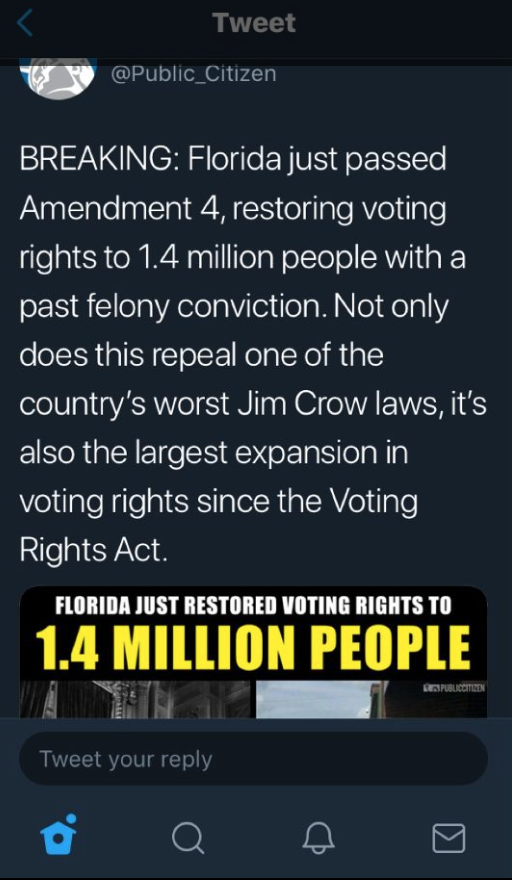

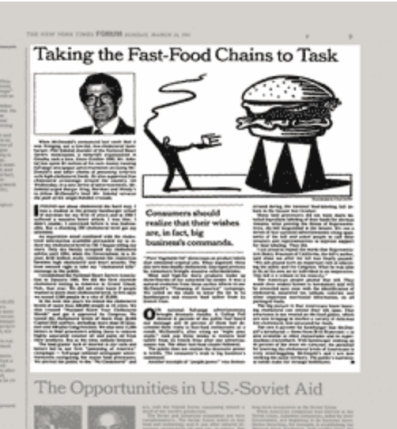
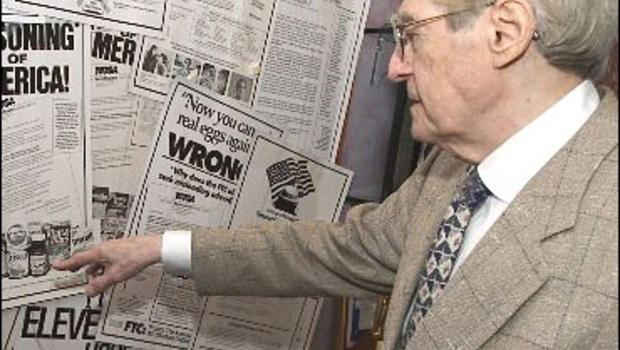
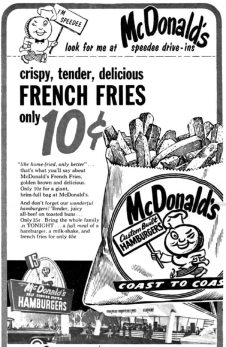


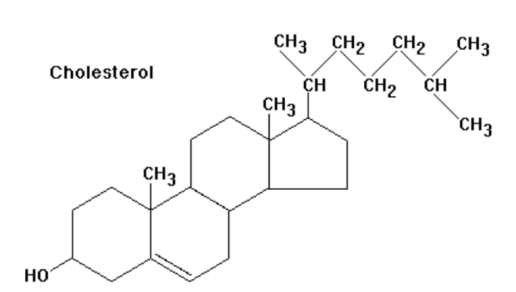
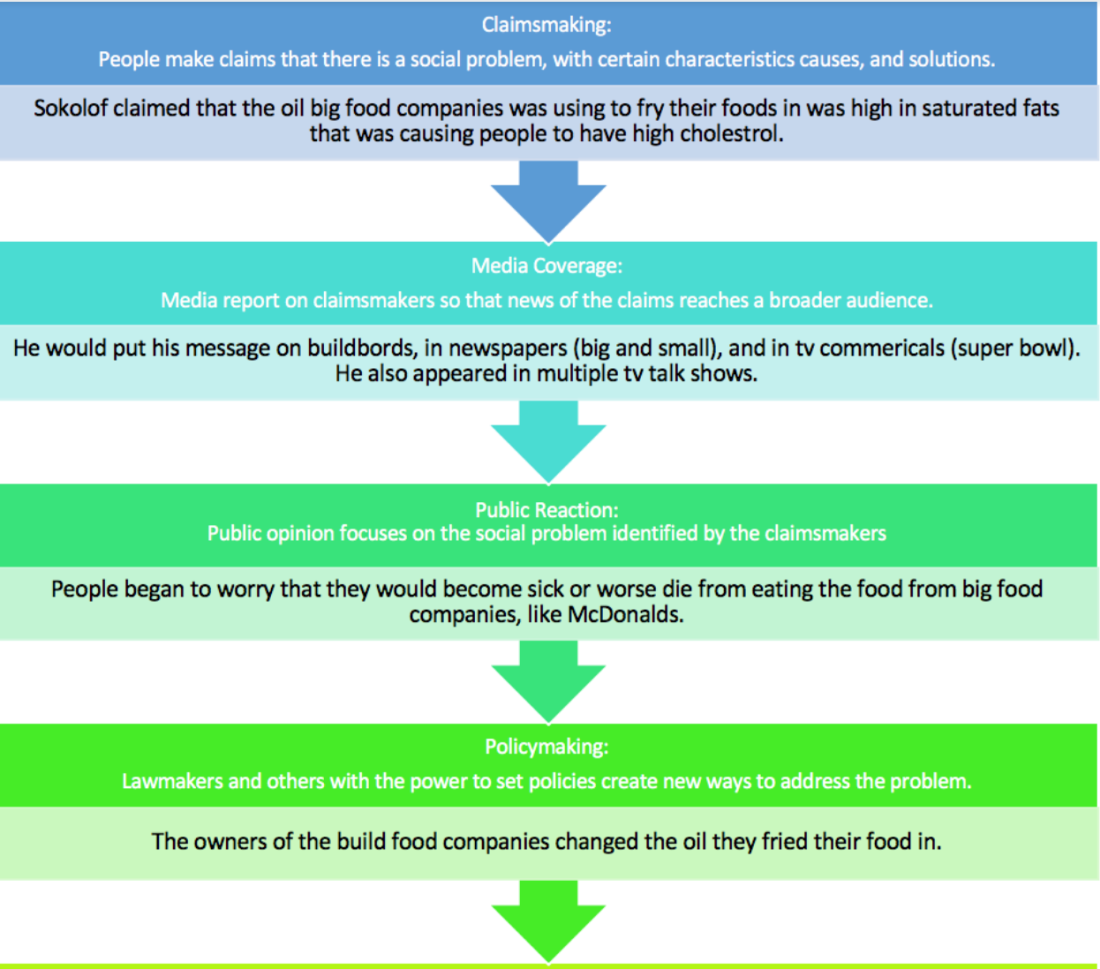
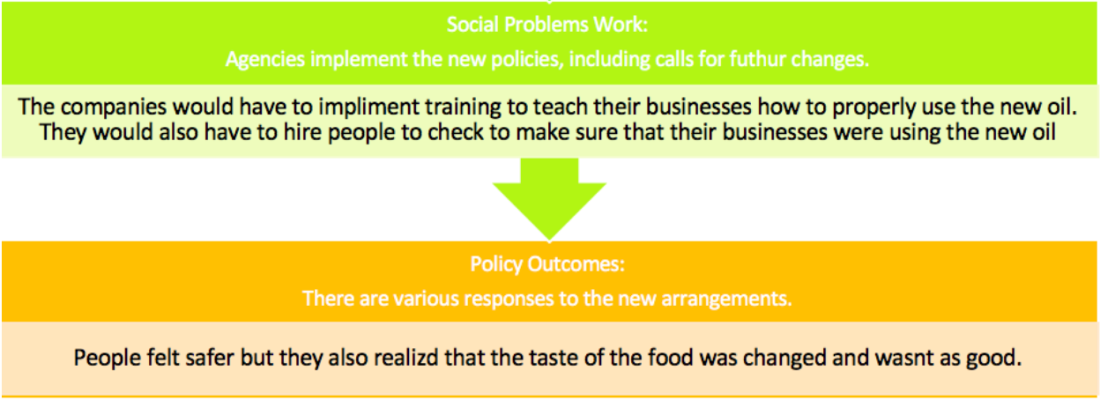
 (Photo from Google Images)
(Photo from Google Images)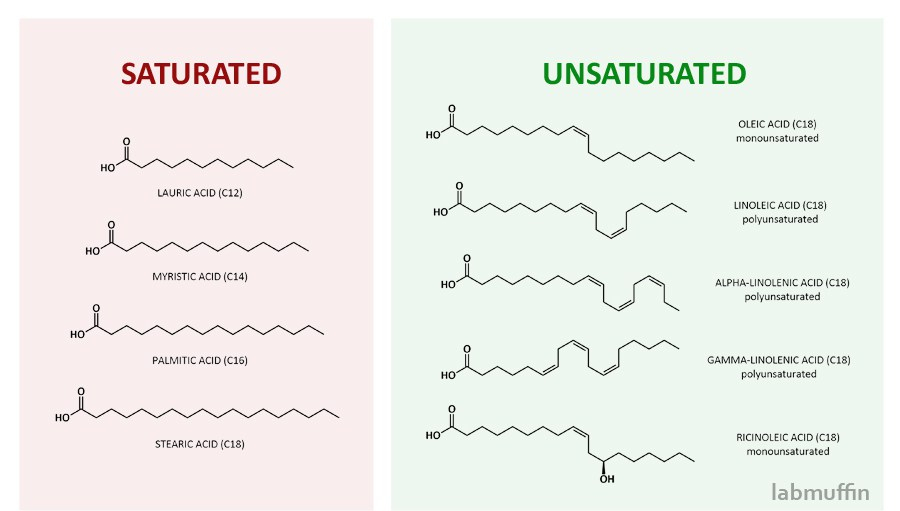 (Photos from Google Images)
(Photos from Google Images)
